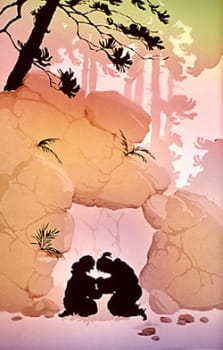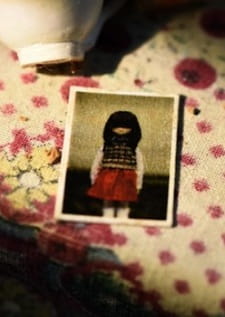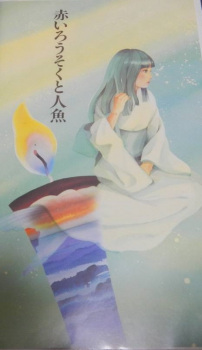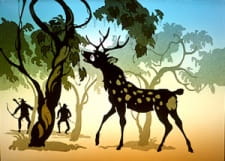Feb 27, 2021
Silhouette Animation has its roots firmly established in the deep history of nightly street plays made using shadows of cutouts and marionettes illuminated under a lamp for children. Using the transformative projective geometry of shadows under the influence of light has been a part of the descriptive artform for centuries, yet compared to the arrival of modern visual motion using film, silhouette animation became limited in what could be visually accomplished as opposed to other technologies rapidly gaining mass market appeal in the medium.
For one, silhouettes are mostly monochrome, a direct consequence of the way the effect is produced. This directly limited the diversity
...
of objects and the projection of depth that could be introduced into a storyboard from the outset. At the same time, the shadowy nature of the visuals lent itself brilliantly to the horror genre, since a lot of human fear actually originates from the dark. Weird shapes, when combined with the midnight shadows that could swing in unnatural ways due to the way light projected shadows could create a dramatically ominous aesthetic.
Noburo Oofuji realized this as he pioneered much of the Japanese silhouette animation scene in the late 40s and early 50s. with Kujira, a few years earlier, Oofuji realized that inserting color into the frames when contrasted by the primary characters covered as silhouettes could generate a uniquely terrifying aesthetic that allowed for a dramatic increase in the variety of techniques that could be used.
Yuureisen, or The Phantom Ship, is an experimental masterpiece in this aspect. Oofuji mastered the various delicate mysteries of this haunting art form and brought them to work in this delightfully brilliant horror short. Using black silhouettes to denote the living, white silhouettes to denote death and using bright contrasting colors like red to work the ship, Oofuji manifests a world that is equal parts mysterious and equal parts scary. He uses the bizarre silhouette movements to show hand to hand combat and incorporates color as an integral part of the plot instead of an added layer to the visual.
When it comes to themes, two settings have always been staples of Japanese Animation right from the very first recorded work in 1917. The rugged rural inroads and harsh journeys or ronin and ordinary folk, and the outward expanse of the sea. The second one in particular is a recurrent theme both going into the second world war as well as it's immediate aftermath. Part of this could be credited to how influential the Japanese Imperial Navy was in the development of the Japanese animation industry as a propaganda arm, while another was just the general outlook of the Japanese people at the time who looked at the sea as the hope for their civilizational survival.
Noburo Oofuji's works have often featured the sea, ships and not in a good light. The ocean in his works is almost always a monster waiting to swallow the ship whole. Travelling in the sea is an art of balancing one's chances against death while simultaneously embarking on a difficult mortal trial. Dangers abound everywhere and become the primary antagonists of his work. Whether it is the whale in Kujira, or Pirates in the Phantom Ship. Oofuji derives inspiration from both folklore, yet real Japanese experience of pride and also loss, both of which originated from the sea and waves the tapestry in this wonderful film.
Reviewer’s Rating: 10
What did you think of this review?
Nice
 0
0
Love it
 0
0
Funny
 0
0
Confusing
 0
0
Well-written
 0
0
Creative
 0
0Show all
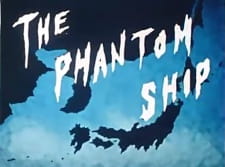


 (1).png)



